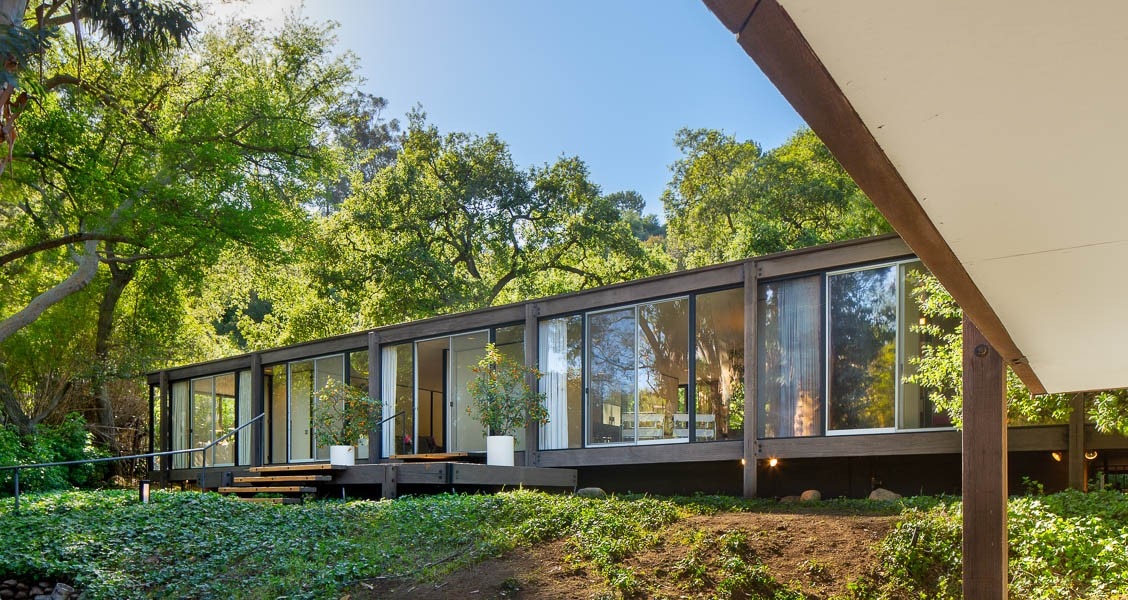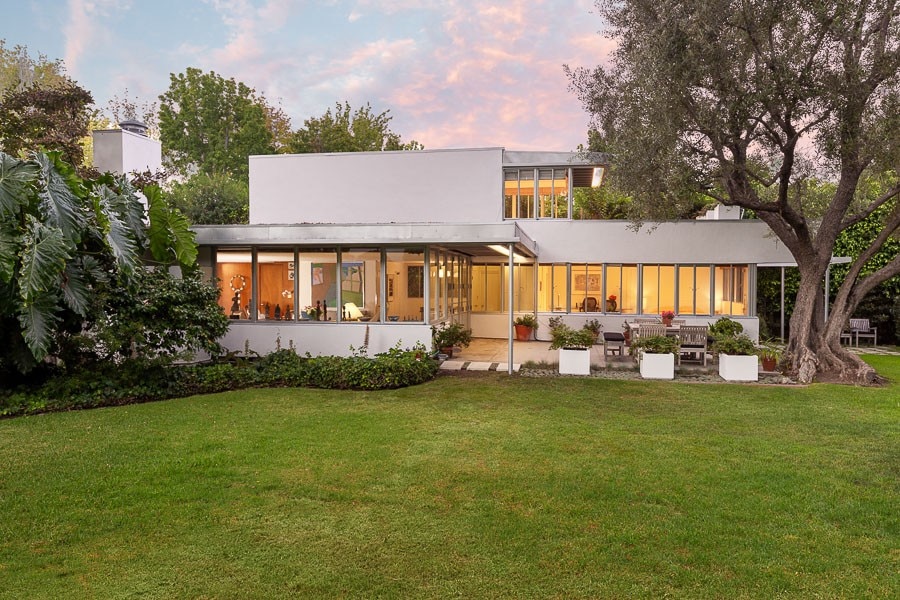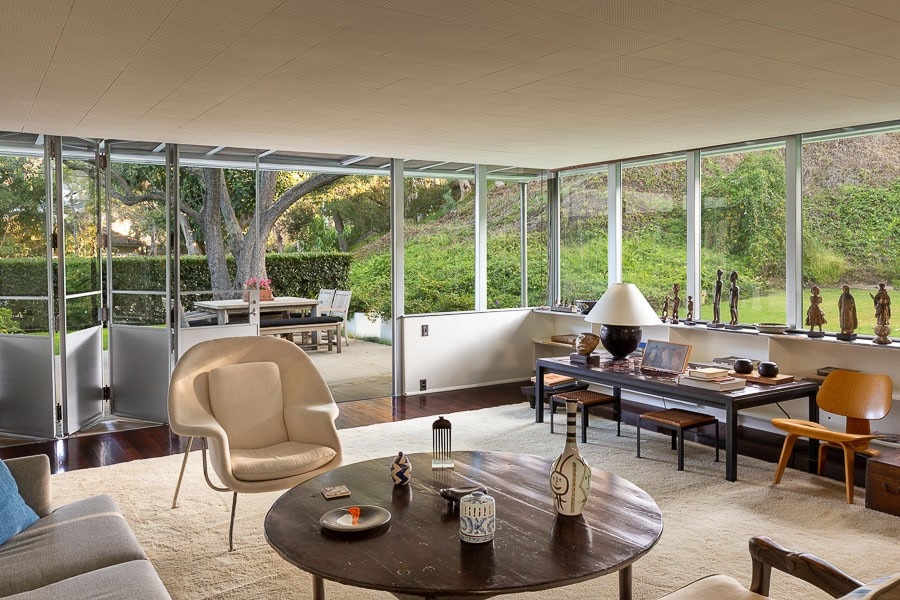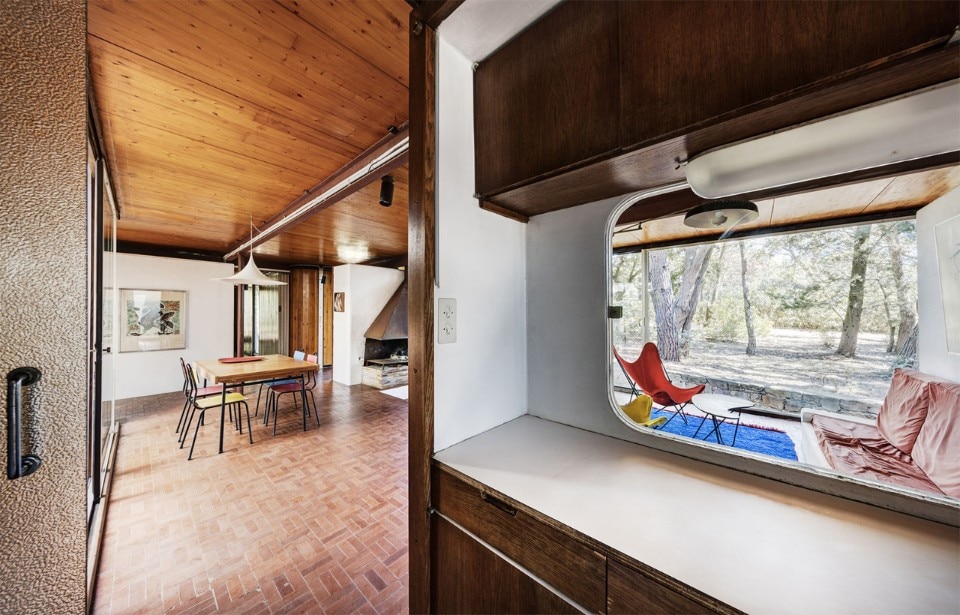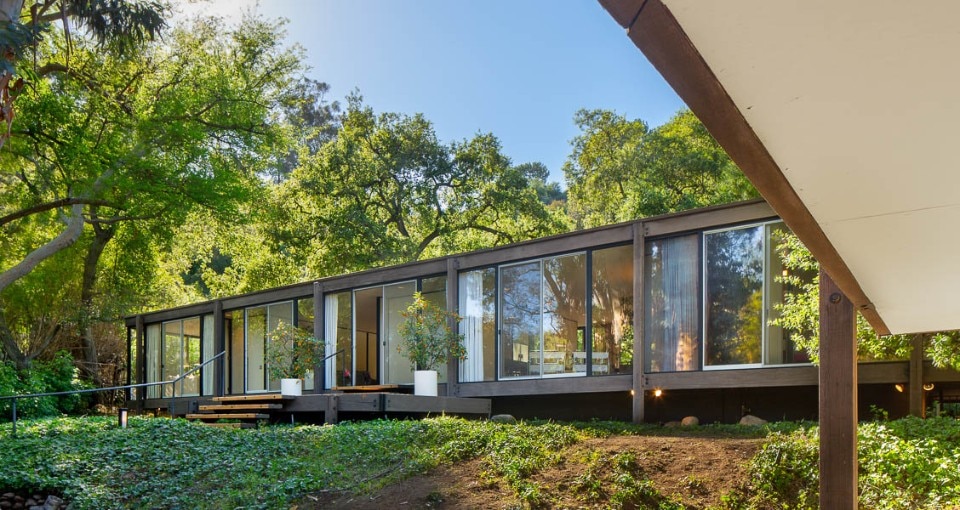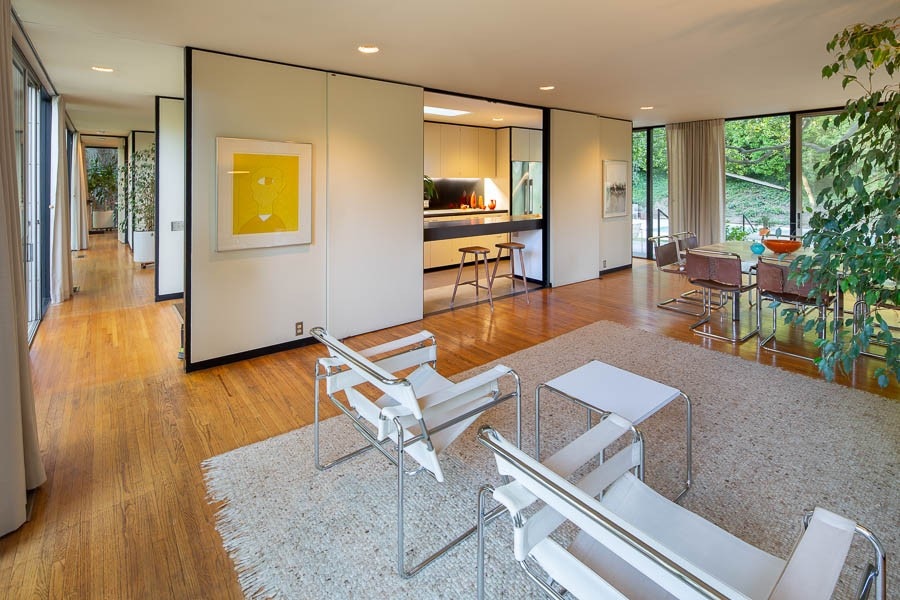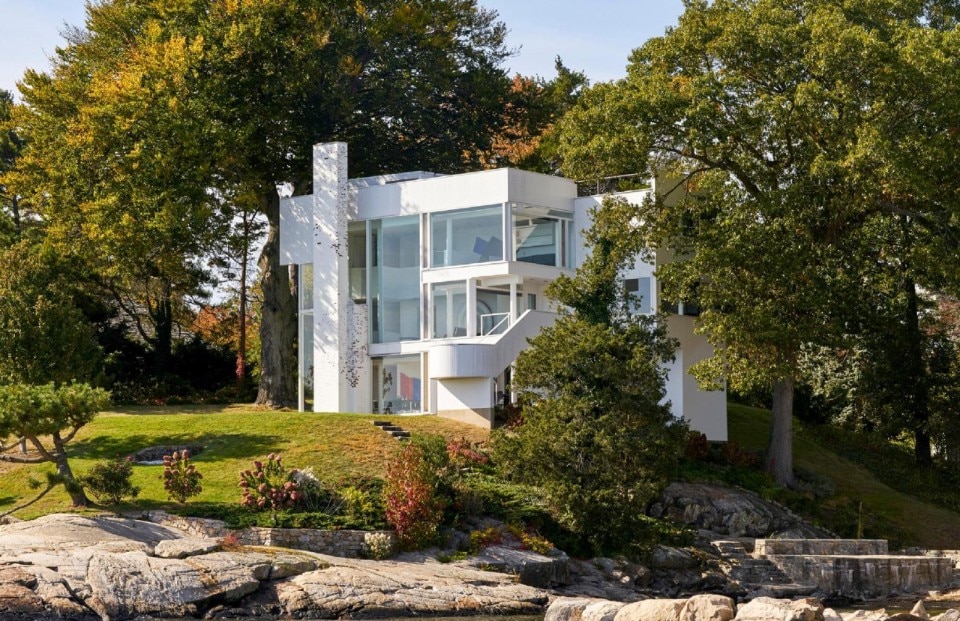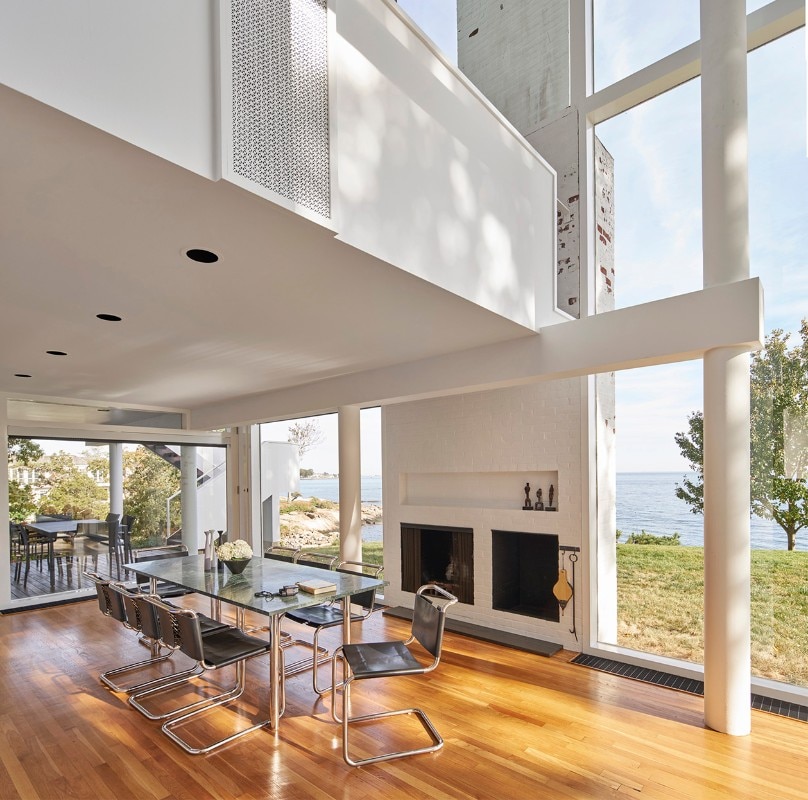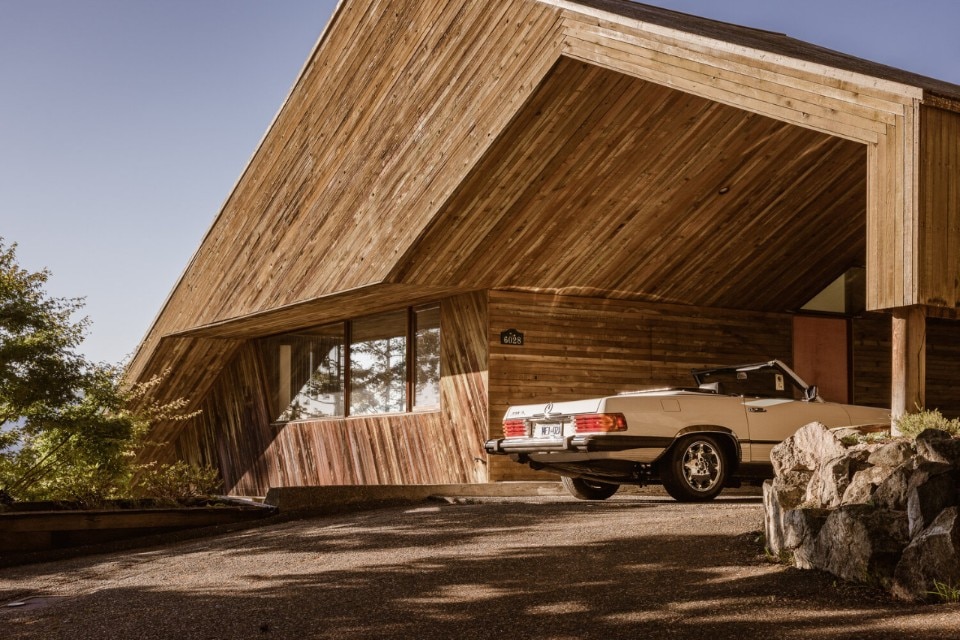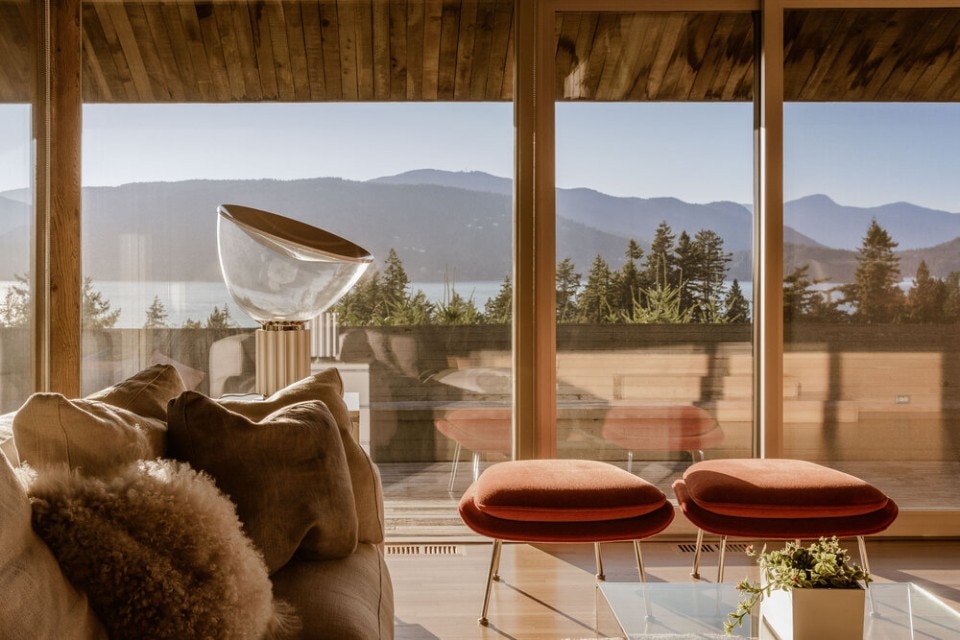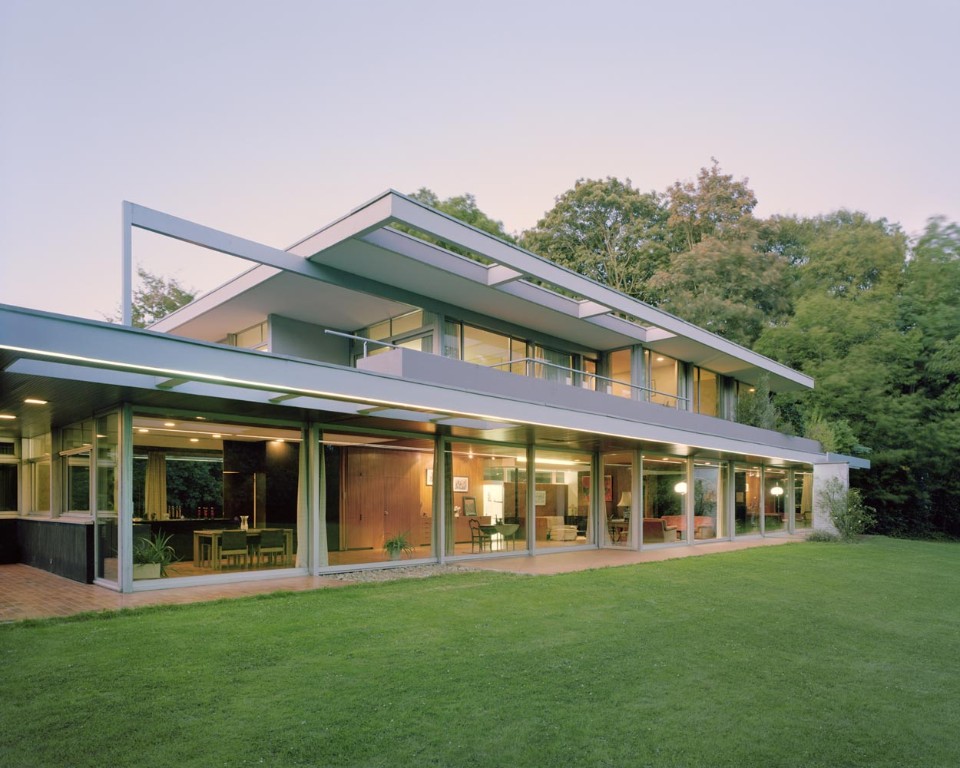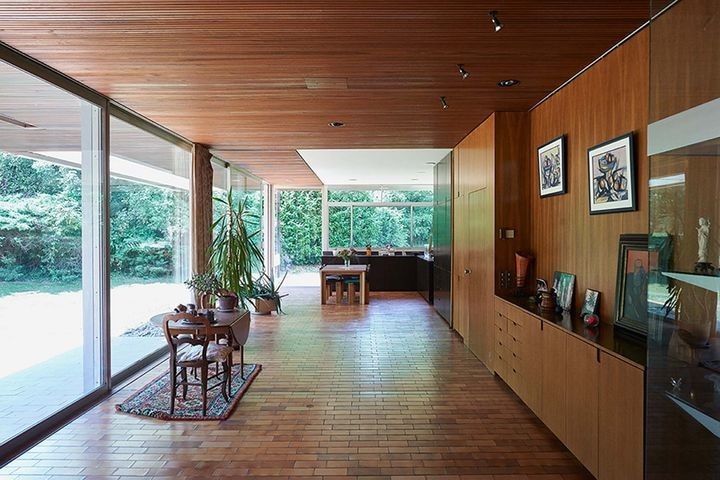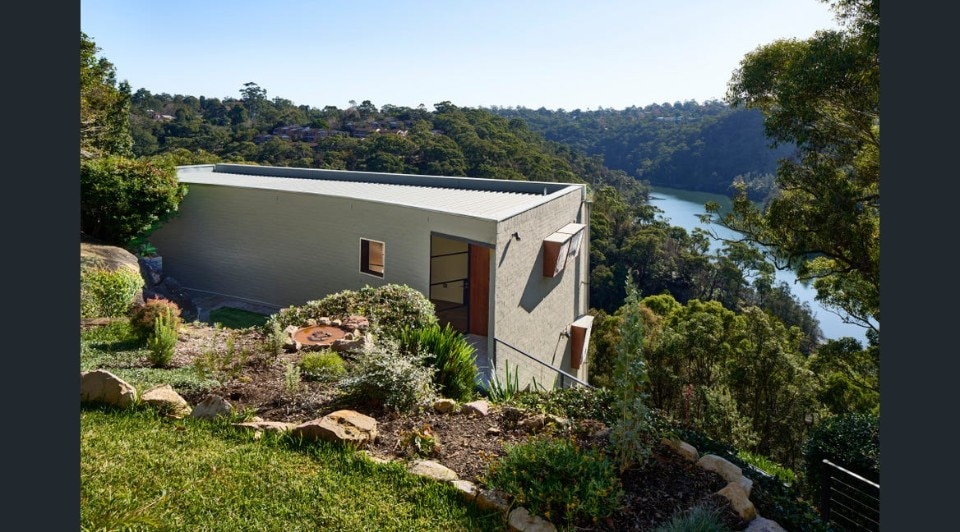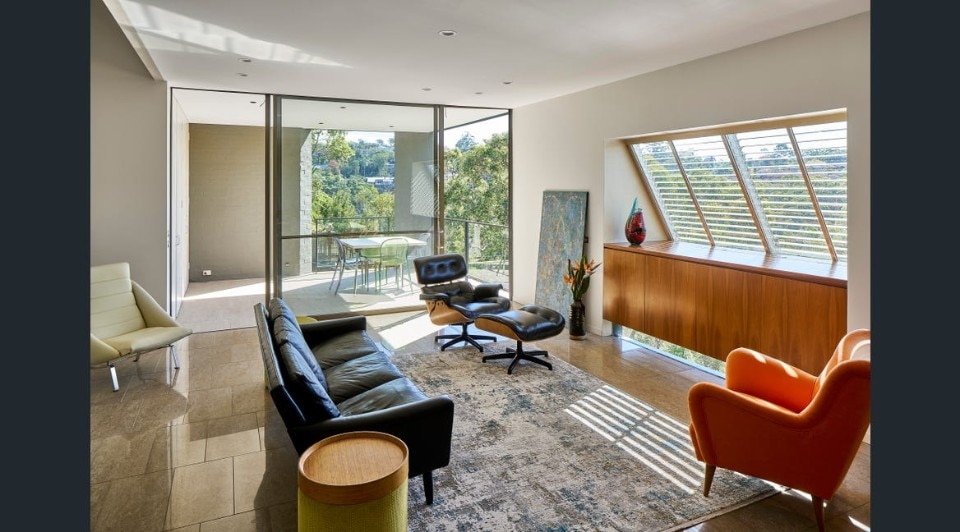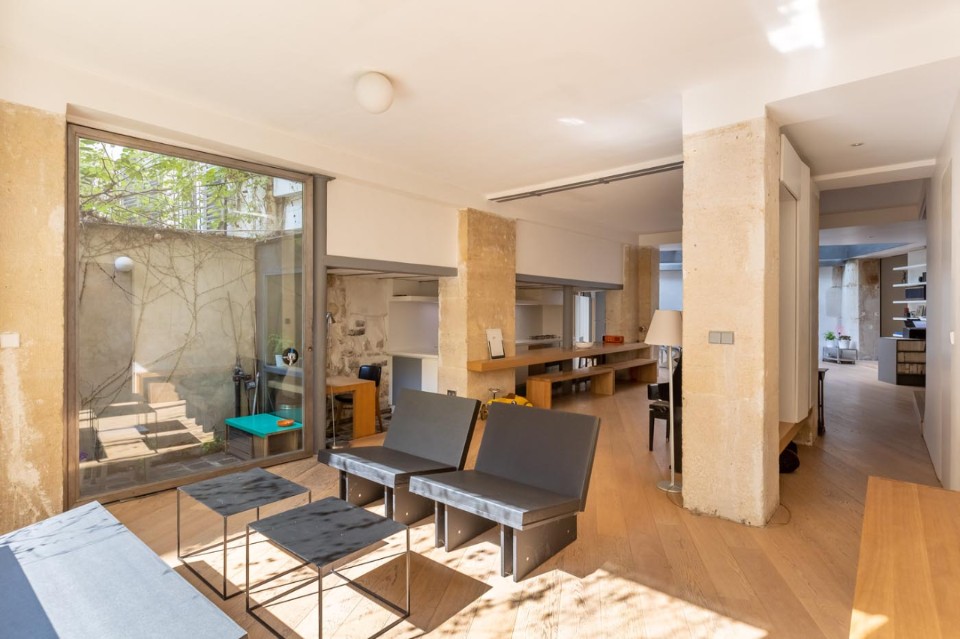It is well known that selling family jewellery is generally inadvisable and perhaps this applies even more so if the jewel is an iconic piece of architecture, with a strong testimonial value both to the thinking of its designer and to the time and place in which it was built.
However, the ups and downs of the seasons of life and the moods of the owners, or much more prosaically the very high running costs of dream homes, result in a Baudelerian downfall of the aura of these poems made of matter, that shatters against the harsh and dozy laws of the real estate market.
Of course, even if one understands and appreciates the inspiration and motivation behind the built form, it is not for everyone to be able to afford a rise to the living Olympus of the Gods, and often these dwellings risk languishing in the pond of oblivion, or perhaps even worse, falling victim to buyers unaware of their true value who buy them to flaunt a status symbol, to which they unhappily offer their own unlikely creative contribution.
This is what happens to many buildings of famous signatures that remain mute witnesses of their past glories, waiting for a salvific 'angel' to restore them to a life worthy of their creation: from the works of the masters of Modernism in the United States (Neutra, Ellwood, Meier) and Europe (Prouvé) who conceived dwellings for a modern and dynamic life realised with construction technologies – in steel, concrete or wood – resistant to the ravages of time and still extremely relevant today in terms of flexibility and minimal ecological footprint; to architectures that declare an inexhaustible will to build a dialectical and sometimes symbiotic relationship with the natural landscape in which they are located (Murcutt, Erickson); to interventions that interpret pre-existing buildings with a contemporary language harmoniously inserted in a continuous process of historical stratification (Nouvel).
In all cases, the lucky buyer who can afford it will not only be able to live in a prestigious home but also enjoy a profound cultural experience, in search of the roots of thought – on life, on customs, on society – of those who gave form and substance to those spaces by designing not only a home but a piece of contemporary architectural history.


